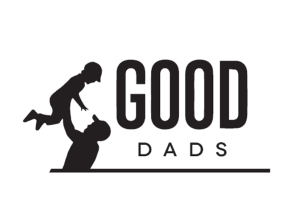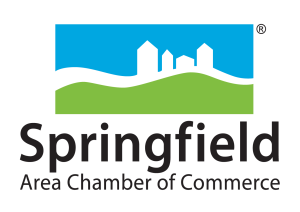Causes of Leg Veins
Veins can appear on your thighs, calves, and ankles, as well as around your knee joints. Visible leg veins typically occur when a person develops spider veins or varicose veins. Both types of veins develop from structural abnormalities of blood vessels. Veins carry blood to the heart from other parts of the body. They utilize a series of one-way valves to avoid the backflow of blood. When a vein’s valve becomes defective, a backflow of blood occurs within the vein. The subsequent pooling of blood and pressure increases within the vein, which weakens the blood vessel wall. Spider veins then develop from the engorgement and dilation of the affected blood vessels.
According to the Office of Women’s Health, approximately 50 to 55 percent of women and 40 to 45 percent of men in the United States suffer from some type of vein problem. Varicose veins affect half of the people 50 years and older. Some people are more prone to vein issues than others. Sun damage, poor diet, and genetics all play a part in this process.
Spider Veins vs. Varicose Veins
Spider Veins
Although spider veins and varicose veins are often associated with each other, they are different. Spider veins are small red, purple, or blue vessels. They are closer to the skin’s surface than varicose veins. Spider veins are typically harmless and cause no other symptoms or signs other than undesirable cosmetic appearance.
Varicose Veins
Varicose veins are enlarged veins that can be red, blue, or flesh-colored. Unlike spider veins, varicose veins are raised and often look like cords. Varicose veins can also cause aching pain, throbbing, and discomfort. In some cases, varicose veins can cause more serious health problems. Because of this, varicose veins should be treated by a doctor. At DermaHealth, we can help you determine if you have spider veins or varicose veins, and we offer treatments to reduce their appearance.
Leg Veins Treatment
At DermaHealth, we treat spider veins on the legs with laser therapy, which can be very effective. Our laser treatment works by applying heat to the veins, which damages the veins and causes scar tissue to form. The scar tissue then closes the vein; a closed vein loses its source of blood and dies, eventually causing the vein to disappear.
Our laser treatment may be done in one or multiple sessions, depending on the size of the area and if the vessels are stacked, as we don’t want to put too much heat in an area at once. We may recommend wearing a compression hose after treatment. Clients who are prone to spider veins may notice recurrence as they age. This treatment is not for those who are pregnant, breastfeeding, or currently being treated for cancer.
For more information and to see if you’re a candidate for our leg veins laser treatment, schedule a complimentary consultation with DermaHealth today.






